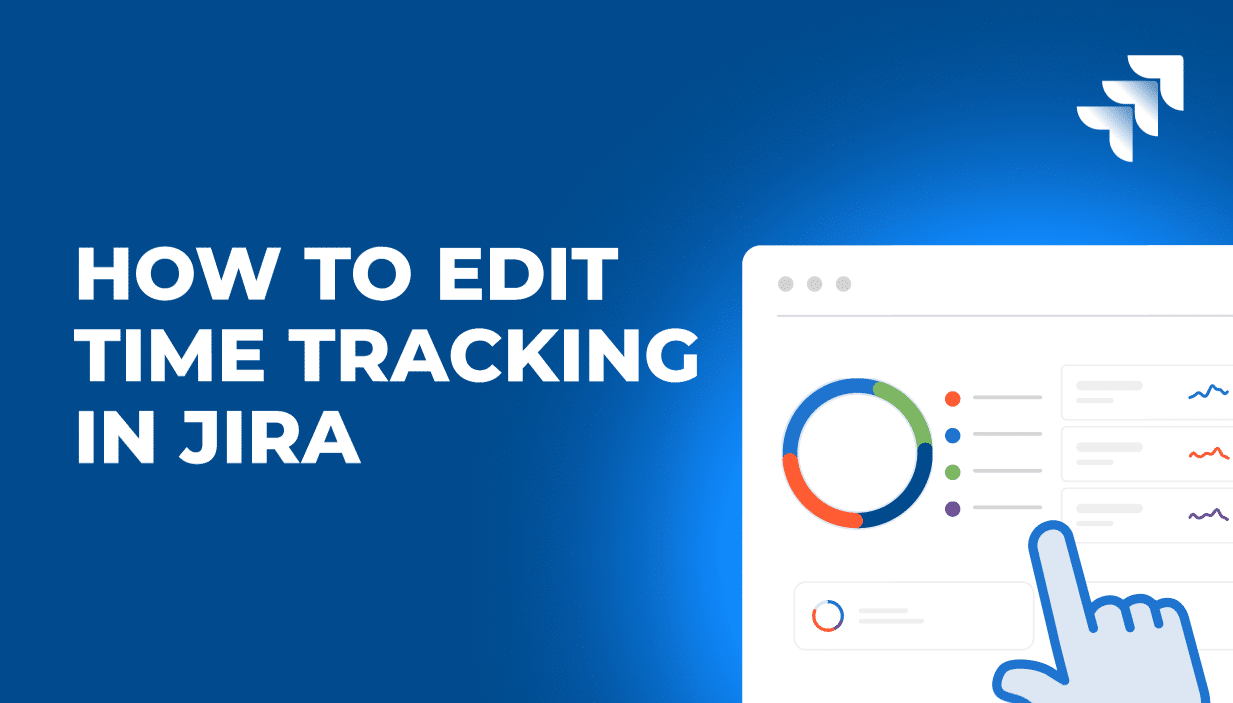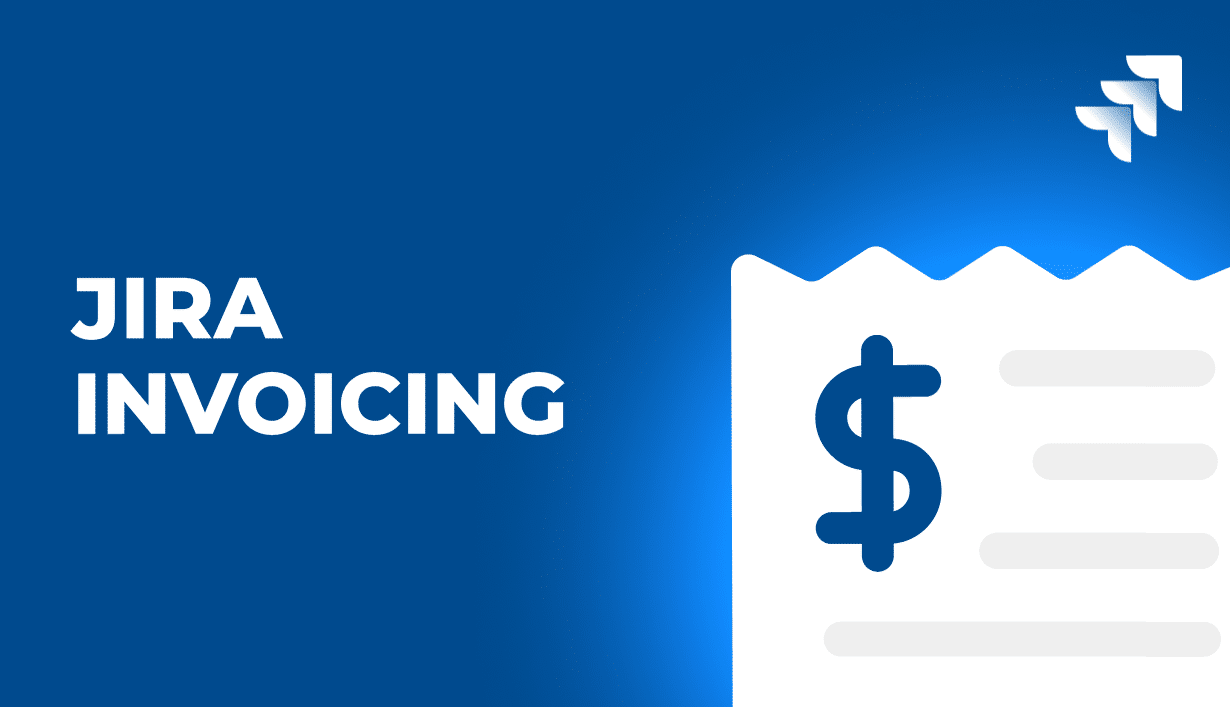How to improve profitability at a professional services company can feel stressful because of how crucial it is for an organization.
Keep reading to learn a few ways you can generate some extra cash and improve your company’s profitability.
Profitability Definition
Profitability is a measure of profits yielded by a business or some of its activities — for example, a project. Profitability is an important factor in analyzing financial performance, and it is one of the main indicators of a company’s success.
In this article, however, we will focus on the most general type of profitability — the one calculated for the entire company and its entire customer base.
How to Improve Profit Margins in a Company
Simplify the Settlements
Do you know what the most profitable and fastest-growing professional services companies have in common? Simple budgeting and recurring income that allow them to answer the key questions about their finances on a daily basis.
How to Find the Highly Profitable Operations in Your Business
Calculate the costs of each working day for each employee to accurately estimate the cost of work. In the same way, you can also ensure they do not waste their time on non-billable tasks.
Use the same information to allocate people and stay within the budget. At the same time, you will also simplify your settlements with customers and minimize the risk of non-billable utilization. Try to allocate projects using a longer-term perspective. Any additional work outside of the initial scope can be settled separately when necessary.
Monitor Billable and Non-Billable Hours
The majority of professional services companies work on both commercial and internal projects. However, some of them don’t seem to realize that internal work may eat up all the profits generated by projects customers order.
Monitoring the Billability of Specific Tasks
You need to monitor both billable and non-billable hours, especially for key people in your projects. If the ratio of billable to non-billable hours is dropping, your commercial projects may soon not be able to cover the costs of all the operations, putting your company in a difficult position.
Calculating the Profitability of Projects Using Cost Allocation Formula
For professional services companies, projects are the main source of income, while the people who complete them are the source of costs. Therefore, you should calculate their profitability not only after they end but also before they start and while in progress.
How to Calculate the Profit Margins for Existing Customers
Still, it’s easier said than done. That’s because projects have to cover not only the costs of working hours and basic equipment but also a fraction of company-wide expenses, such as rent, bills, and operations of support departments, such as marketing and sales. Therefore, finding the most profitable customers with high-profit margins may be a bit tricky.
Taking all these features into account may drastically change the financial performance of your projects, as well as their profit margin and the state of their cash flow — and that’s what a cost allocation formula is for.
Monitoring Utilization
The majority of services companies profit from their employees’ time. However, in some cases, it is not used to the maximum extent, generating less money than expected. Monitoring utilization can help you prevent that from happening.
How to Calculate Utilization
To calculate utilization per employee, you simply need to divide the time they will spend on billable projects by the maximum number of hours in a given period they will be at work.
It’s important to note that the most desirable utilization rate may differ depending on the employee’s seniority. For example, a junior specialist should be busy 95% of the working time, as he typically works on a single project that requires no further action to be processed.
A senior employee, on the other hand, should have a utilization rate of around 50-65%, as, apart from his main responsibilities, he also takes part in a variety of additional activities, including meetings with the customer, workshops, and internal activities.

How to Monitor Utilization
While we all strive to improve utilization rates, sometimes it’s not what we expect it to be. What can a manager do to change that?
First of all, the number of non-billable activities should be verified. While breaks and meetings are necessary, some activities should be omitted, as they do not generate profits for the company and its customers. Remember that every hour of work costs money, while only the billable hours generate profits.
Secondly, plan and monitor the workload. Use dedicated tools to be as precise as possible, avoid schedule conflicts, and spot idle employees before they become a source of additional costs rather than generating profit.
Last but not least, reduce the number of benched employees. They still need to be paid, but they will only generate profits when assigned to the project.
Can I forecast utilization?
Yes, of course!
Using resource management software, you can plan your work, monitor its progress, and see when projects end. As a result, in cooperation with the sales department, you can start looking for new projects before your company’s bench becomes crowded. You can also use the same tools to find inefficient employees or simply people who would be much more profitable elsewhere.
Measure the Cost of Benched Employees
Many managers in the professional services industry tend to think they don’t have enough specialists. However, this may just be an illusion — when their utilization is not calculated properly, workers may seem much busier than they really are. As a result, they spend half of their time benched, generating costs.
How to Prevent Unnecessary Costs from Benches
To prevent the costs of your bench from growing exponentially, measure the costs of people who are not assigned to active projects. If your bench is getting crowded, try to find new projects for people who will be idle for the foreseeable future. By doing so, you ensure that the company’s money is not spent on just keeping the employees there, and you may even make some additional money from the new projects.
Improving the Efficiency of Your Processes
As a business owner or manager, you should know that some costs are not worth their price in the first place, and you could — and should — cut them off from your budget. Meanwhile, others may be ineffective and cause your business to lose customers. In either case, you can spot this throughout the analysis.
How to Find the Key Performance Indicators for Efficiency
To improve your company’s profit margin, analyze its financial statements regularly. In this process, you should focus on finding:
- Any unnecessary spending that can be eliminated right away.
- Unknown expenses that should be allocated and evaluated.
- Any operations that were not included in the budget for a department, team, or the entire company (depending on the situation).
- Commercial processes with small profit margins.
- Any other processes that are responsible for generating additional expenses while bringing in no significant income.
After finding any of the costs above, analyze them thoroughly to determine whether they were really necessary and worth the money. If they are not, it’s time to remove them from future budgets.
Constant Budgeting
All project managers and executives know that every project, team, department, and the whole company needs to have a budget. However, some of them often forget that the budget should not be another document that gathers dust. Budgets should be monitored, evaluated, and changed when necessary.
How to Improve a Company’s Profitability by Budgeting
To gain better control of your cash flow and improve business profitability as a result, you should:
- Start time tracking for your projects. Usually, tracked time is what generates the majority of costs in projects. Track time and use the hourly rates and salaries to determine the actual cost of work in real time.
- Include overhead costs in budgets. Both one-time spending, such as new equipment and raw materials, and recurring costs, such as subscriptions, should be included in the budget. Without them, you may be under the impression that your operating expenses are lower than they actually are.
- Monitor changes in the budget. As the project goes on, work costs and other expenses may rise, and quality control may go down. Use the time tracking and budgeting combination to keep track of these changes and react whenever a sharp spike in costs appears.
Continuous Market Research
Services companies are subject to constant changes. Still, you cannot let your company be surprised time after time when these changes appear. You need to prepare for the future to increase profitability — and that’s what market research is all about.
The aim of market research is to help project managers and executives get an idea of what customers want now, how their needs change, what they may want in the future, and which new markets may be interested in their product category. In other words, a simple survey or report can help you see how your products and services may improve to attract new customers and increase profitability.
Improving Employee Satisfaction and Engagement
If you have ever had any contact with HR specialists, you certainly know that hiring a new specialist is not only a burden but also a very costly endeavor. That is why you can improve profitability in your company by ensuring the lowest possible turnover rates.
How to Increase Profitability With Higher Morale
Sufficient wages, high-end employee development, a friendly environment, and rewarding responsibilities are key to attracting new employees and convincing the existing ones to stay with the company longer. All these things are also valuable from a business perspective as they allow you to save money on hiring and they improve profitability by increasing the value of employees’ work.
Eliminating Non-Essential Factors
Is the new coffee machine really necessary? And what about that new tool — do we really need another platform for graphic design? Additionally, attending a certain conference could be worth the money… Increasing profitability may be all about eliminating such factors, as their perceived value may be higher than it is in reality.
How to Eliminate Such Factors from Business Processes
Let’s face it — regardless of a company’s size, some additional, unnecessary spending will inevitably happen. However, you simply need to eliminate some of it (of course, some may prove useful).
When trying to improve profitability in your company, pay particular attention to such extra spending. While it may seem quite small, it could be responsible for a large pile of money disappearing from your bank account.
Find and Acquire Profitable Projects
Not all projects are created equal — some of them may simply be more profitable than others. Your objective is simple: to find them and make sure there are more of them.
How to Improve Gross Margin With a Better Choice of Projects
By analyzing the financial condition of all your projects, you can see exactly which ones are the most profitable and which ones turned out to be less than satisfactory. By looking at such a summary, you can boost your company’s profitability by determining the types of projects that tend to perform best and focusing on acquiring them in the future and eliminating products or services that other businesses have gotten rid of years before.
Boosting Productivity
Reducing costs, of course, makes sense for increasing profitability, but it’s not the only way to create profitable products or make your projects cost-effective. In the professional services industry, people’s skills and work are the main source of profit. Therefore, boosting productivity is the easiest way to improve profitability.
How to Make More Money by Boosting Productivity
To do that, you need to:
- Realistically plan people’s capacity. Only around 80% of a specialist’s capacity should be assigned to a project. The rest of the time will be spent on organization, breaks, and meetings anyway.
- Monitor billable and non-billable hours. Some employees may simply waste their time on internal projects while they could be making you money on commercial ones. Make sure that is not the case.
- Avoid overtime and benches. While sometimes inevitable, overtime and benches have a huge negative impact on people’s motivation and productivity. Therefore, make sure such problems occur in the project schedule as rarely as possible.
- Avoid schedule conflicts. Due to mistakes or lack of staff, some specialists may find themselves assigned to two or more projects — and they won’t be able to do that much work.





